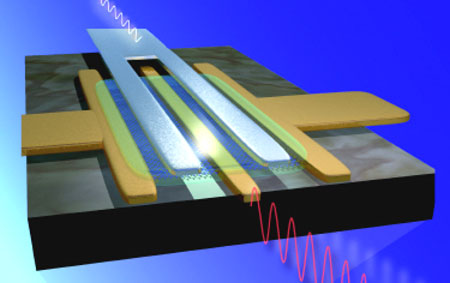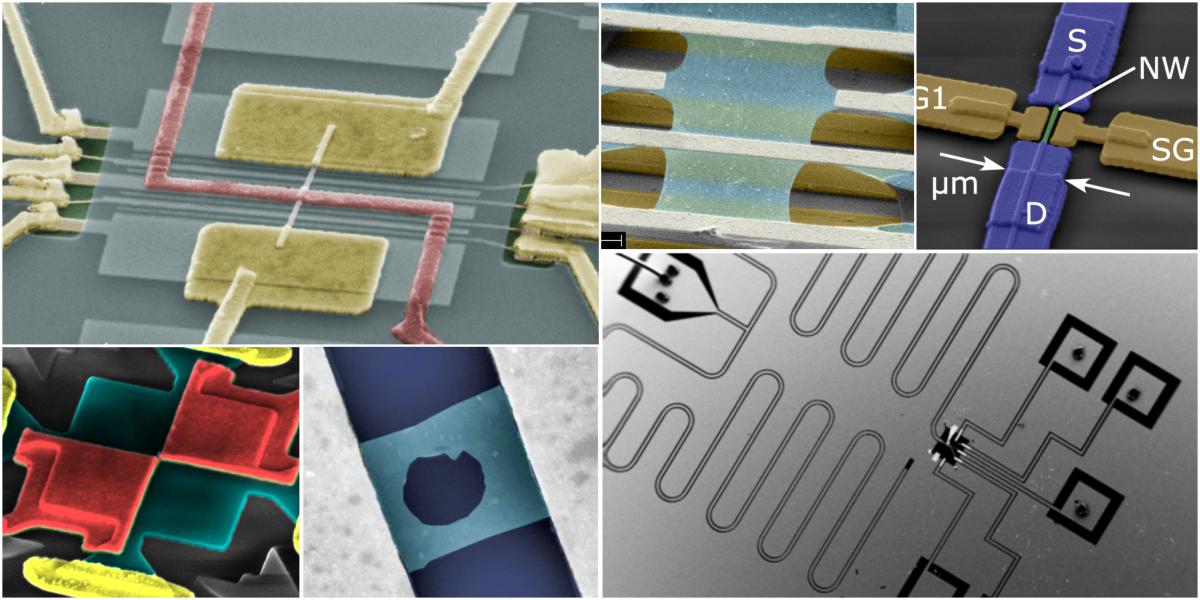NanoRan NanoRelectric Memories
Researcher and author: Dr. ( Afshin Rashid)
Note: The dielectric nanoplayer is a barrier between positive and negative charges that has a very small thickness. And nanomaterials are electrolytes that contain both positive and negative ions. By placing the potential between the capacitor electrodes, the negative ions move towards the positive electrode and the positive ions move towards the negative electrode. Finally, two capacitors are obtained, which are connected in series.
Supporting nanostructures (NRAMs) are memory chips made of carbon nanotubes, although the discovery of small but very strong, flexible, and conductive carbon nanotubes with dimensions similar to DNA strands and the use of Absorb micro-chlorophyll-like organic molecules instead of charge storage capacitors in DRAM and NRAM memory chips. Nanocrystals, the use of which will increase the lifespan of flash memory. And the development of a magnetic material based on the ferritin protein that will be used to make disk drives and memory chips.The production and manufacture of memory is one of the largest industrial sectors, but it also faces several technical problems; Problems such as capacitor leakage, structures with increasing complexity, and sensitivity to minor errors due to cosmic rays. The existence of such problems makes it impossible for chip makers to reduce their chip dimensions beyond this. Other notable issues in this area include SRAM chips for large memory cells, the difficulty of placing DRAM and flash memory alongside logic chips, and the slow access time of flash memory and its limited stability.
Each quantum dot contains a separate ball of several hundred atoms that can have one of two magnetic states. This allows them to contain a bit of information (zero or one), as is customary in machine computing. On common hard disks, the data bits must be spaced far enough apart to avoid retaliation. Quantum dots act as completely independent units that are not structurally interconnected, so they can be somewhat closer together.
Conclusion :
The dielectric nanoplayer is a barrier between positive and negative charges that has a very small thickness. And nanomaterials are electrolytes that contain both positive and negative ions. By placing the potential between the capacitor electrodes, the negative ions move towards the positive electrode and the positive ions move towards the negative electrode. Finally, two capacitors are obtained, which are connected in series.
Researcher and author: Dr. ( Afshin Rashid)
PhD in Nano-Microelectronics





